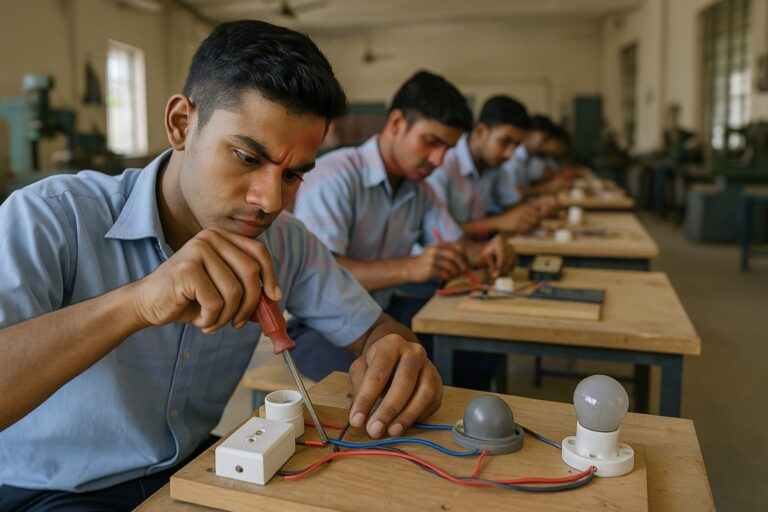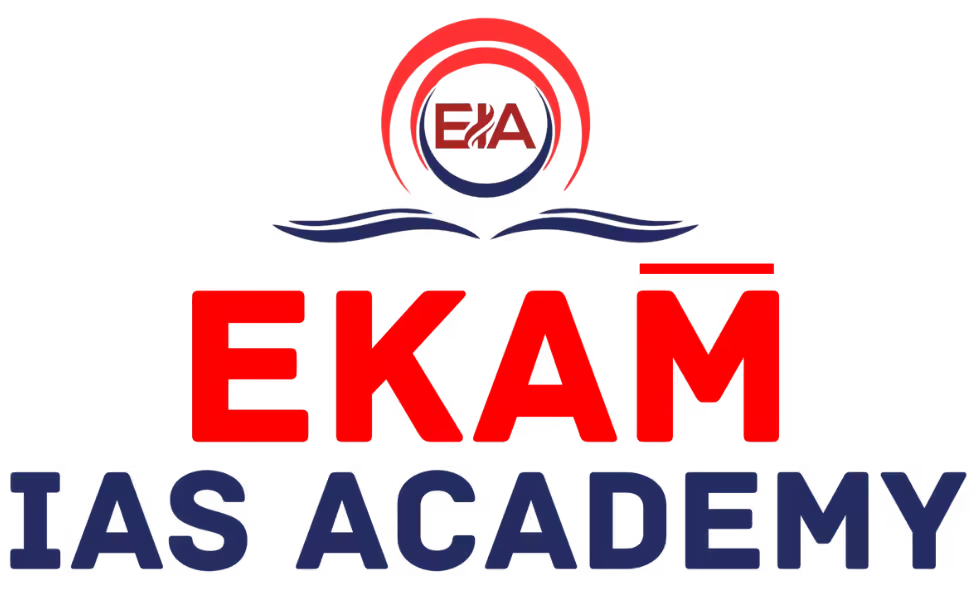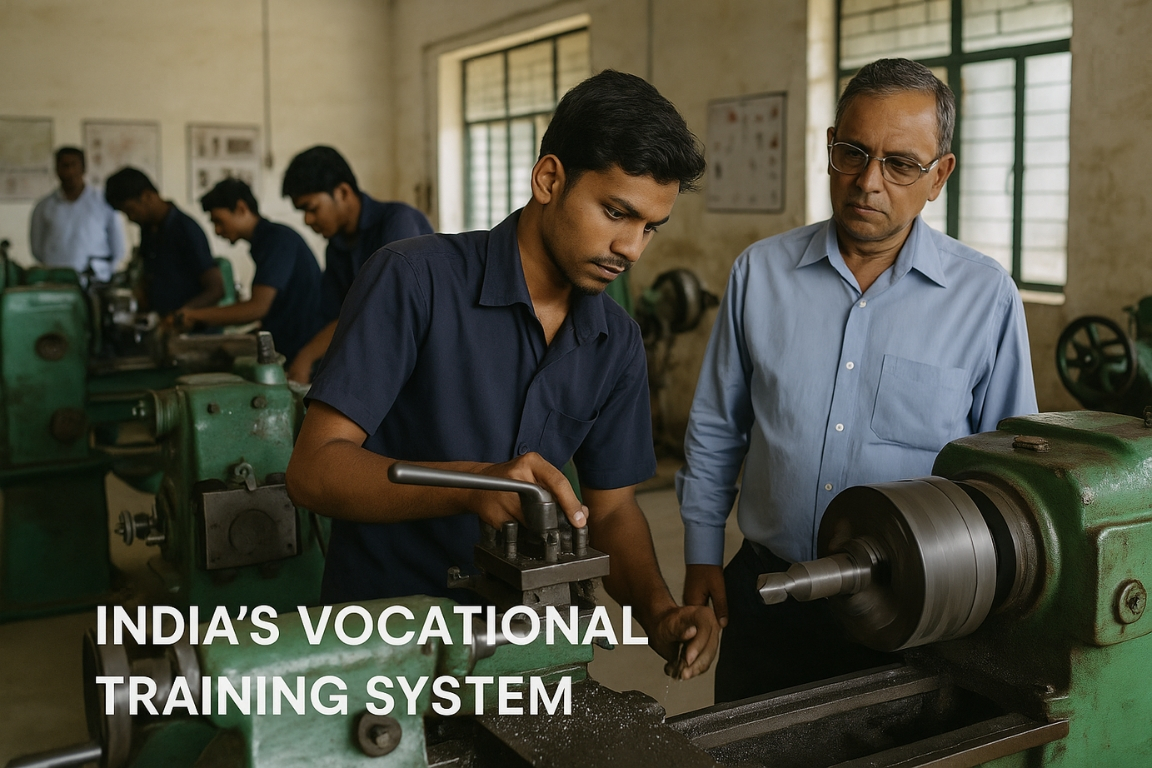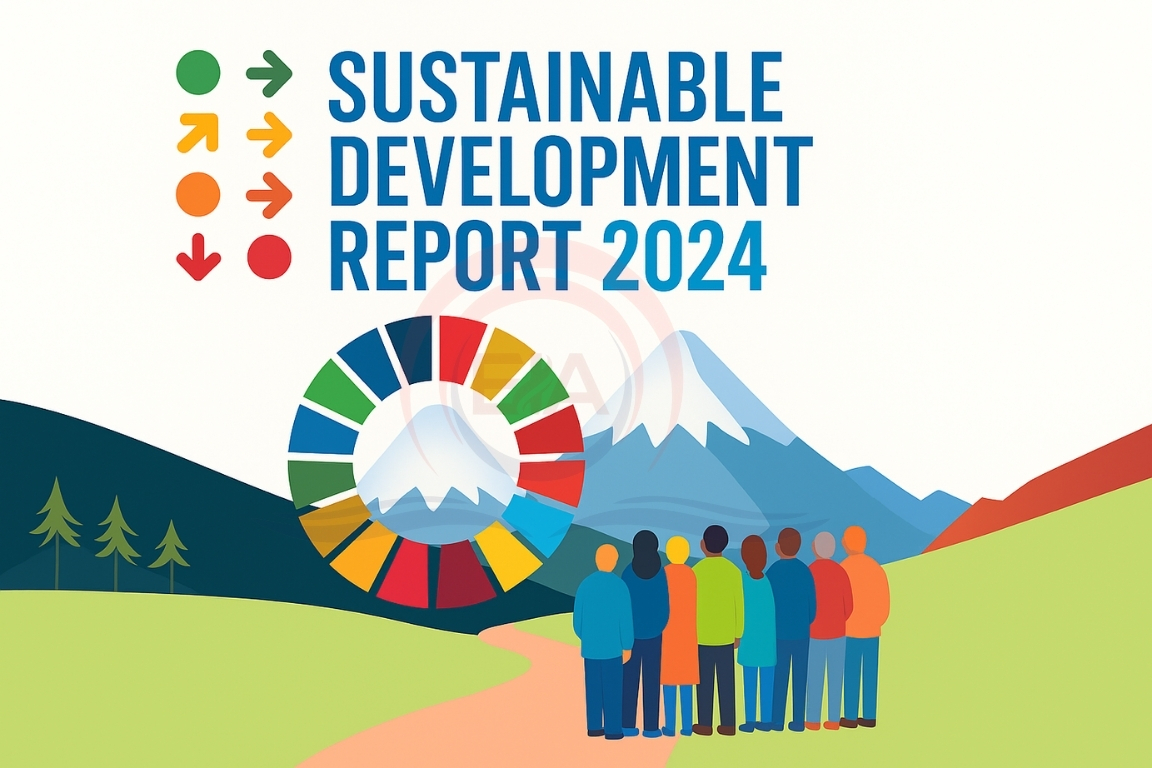India’s vocational training system, one of the largest in the world, continues to face structural and quality challenges despite several government reforms. A new report by the Institute for Competitiveness (2025) highlights the urgent need for demand-driven and market-aligned skill training.
India’s Vocational Training Landscape
- Oversight: Ministry of Skill Development & Entrepreneurship (MSDE).
- Regulation: National Council for Vocational Education & Training (NCVET).
- Scale:
- 14,000+ Industrial Training Institutes (ITIs).
- 127+ awarding bodies & 68 assessment agencies.
- Modes: Both formal (ITI, apprenticeships) and informal (on-the-job training, self-learning, hereditary skills).

Key Statistics
- Formal training (age 15–59): Only 4.1% in 2023, up from 1.8% in 2017.
- No training: 65.3% in 2023, though improved from 92.6% in 2011.
- Informal learning rise:
- Hereditary skills: 11.6% (2023).
- On-the-job training: 9.3% (2023).
- Self-learning: 7.1% (2023).
Core Challenges
- Late exposure: Vocational courses start only after school, unlike global practice.
- Dead-end pathways: Limited link to higher education, reducing attractiveness.
- Low enrolment & employability: In 2022, only 48% ITI seats filled; placement rate ~63% (far below Germany/Singapore ~85–90%).
- Quality deficits: Outdated curricula, vacant instructor posts, poor monitoring.
- Social stigma: Vocational careers seen as inferior to white-collar jobs.
- Infrastructure gaps: Lack of modern labs, tools, and skilled trainers.
Current Policy Measures
- PM Kaushal Vikas Yojana (PMKVY) – short-term skill courses.
- Deen Dayal Upadhyaya Grameen Kaushalya Yojana (DDUGKY) – rural youth skilling.
- National Apprenticeship Promotion Scheme (NAPS) – encourages on-the-job learning.
- National Education Policy (NEP) 2020 – integrates vocational education from early schooling; partnerships with industries/ITIs for hands-on training.
- Skill labs & incubation hubs – under Hub-and-Spoke model.
- Employment Linked Incentives (ELI) & ITI Upgradation – focus on infrastructure and employability.
Way Forward
- Early Integration: Skill exposure at school level.
- Seamless Pathways: Implement National Credit Framework to enable mobility between vocational and academic streams.
- Industry-driven model: Courses aligned with local labour market needs; greater role for MSMEs & CSR.
- Public–Private Partnerships: Reduce state-dependence of ITIs.
- Higher investment: Raise expenditure from 3% to 10–13% of education budget, as in advanced economies.
- Outcome monitoring: Employability index to track effectiveness.
- Recognition of informal skills: Validate self-learning and hereditary knowledge.
Conclusion:
India’s vocational system has expanded in numbers but struggles with quality, credibility, and industry relevance. A shift from supply-driven to demand-driven skilling, backed by early integration, industry partnerships, and higher investments, is essential to harness India’s demographic dividend.





